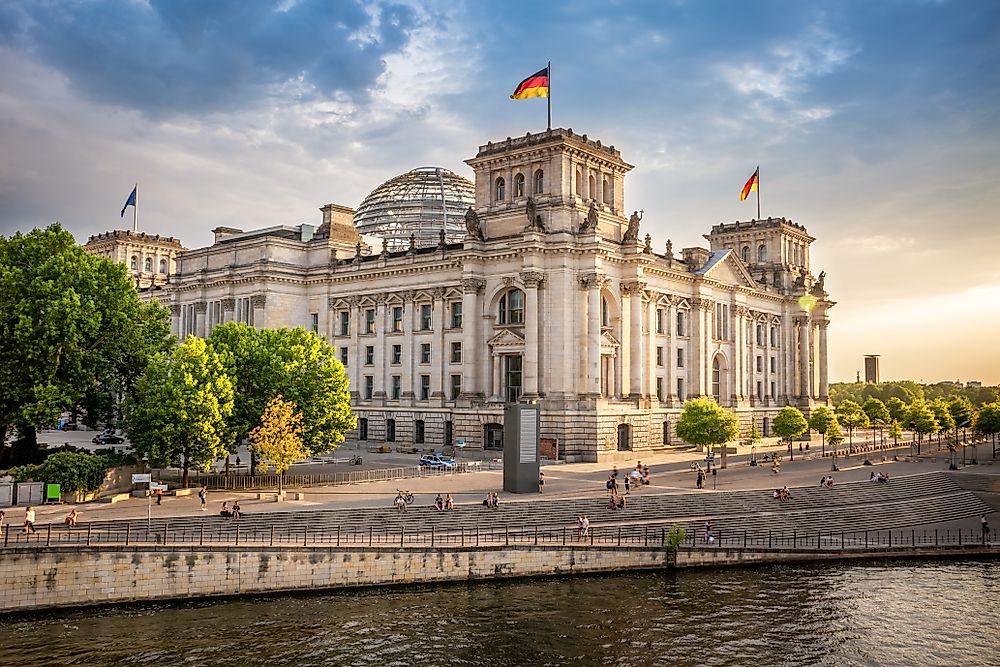Is Germany A Country?

What Is a Country?
A country can be defined as a distinct region with defined territory and borders that separates it from other countries and has its own government and defined sets of laws that guide its activities. A country can either be an independent sovereign or a non-sovereign state. An independent sovereign state has one centralized government that exercises sovereignty over the geographical area and has a permanent population. There are 195 countries in the world of which 193 are members of the United Nations while the other two are non-member observer states. One of the UN member countries is Germany.
Is Germany A Country?
The Federal Republic of Germany, simply known as Germany, is a central-western European country made up of sixteen constituent states. It covers an area of approximately 137,988 square miles and has a population of about 83 million people, the highest population among the European Union countries. The capital and the largest city in Germany is Berlin. Other major cities include Munich, Frankfurt, Cologne, and Hamburg. Germany became a nation-state in 1871 and is today one of the great powers with a strong economy. Its economy is the fourth largest in the world by nominal GDP and it is the third-largest importer and exporter of goods.
Geography of Germany
Germany is bordered by nine other European countries including Austria, the Netherlands, Czech Republic, France, Luxembourg, Denmark, Poland, Switzerland, and Belgium. Only Russia has more neighbors than Germany. It is the world’s 64th largest country covering an area of approximately 137,988 square miles of which 134,836 square miles is land and the rest is water. The highest point in Germany is the summit of Zugspitze at 9,718 feet above sea level while the lowest point is Neuendorf-Sachsenbande at 11.6 feet below sea level. Most parts of the country experience temperate seasonal climate characterized by humid westerly wind and moderated by the North Atlantic drift. The country receives an average of 31 inches of precipitation annually with no consistent dry season. Summers are mainly warm while winters are cool. Germany’s territory is divided into Northeast-Atlantic shelf marine and European-Mediterranean montane mixed forests ecoregions.
German Reunification
German Reunification was the process in which East Germany (German Democratic Republic) became part of West Germany (Federal Republic of Germany) to form the nation of Germany. It is a process that began in 1989 with the fall of the Berlin Wall, and whose end is officially referred to as German unity, often celebrated on October 3. Following the reunification, Berlin was designated the capital city. United Germany is not considered as a new state that succeeded the East and West Germany but rather an enlarged continuation of former West Germany.
Demography
Germany is EU’s most populous country with approximately 83 million people and the second-most populous in Europe after Russia. It has a population density of 588 people per square mile. The country hosts the second-largest number of migrants in the world after the United States. About 160,000 people in Germany are of immigrant descendants with the majority residing in western Germany and the capital Berlin. According to the World Population Review, a child is born every 43 seconds while a person dies every 34 seconds in Germany.











